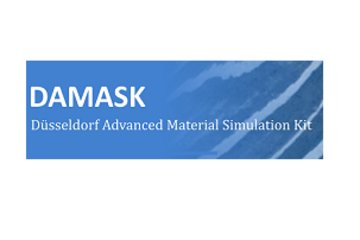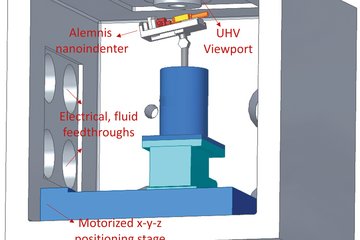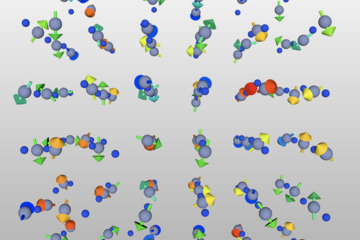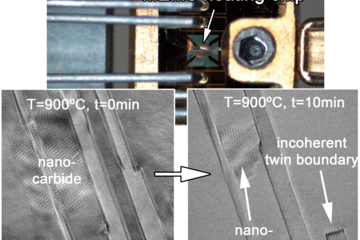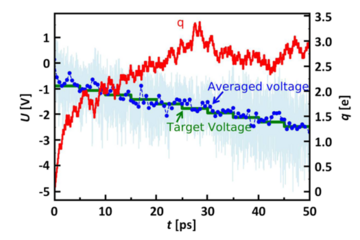All genres
1.
Journal Article
Determining the elasticity of materials employing quantum mechanical approaches: From the electronic ground state to the limits of materials stability. Steel Research International 82 (2), pp. 86 - 100 (2011)
2.
Talk
Ab initio analysis of the carbon solubility limits in various iron allotropes. DPG Frühjahrstagung 2010, Regensburg, Germany (2010)
3.
Talk
Ab initio calculation of phase boundaries in iron along the bcc-fcc transformation path and magnetism of iron overlayers. Seminar at the Department of Materials Physics at Montan Universität Leoben, Leoben, Austria (2009)
4.
Talk
Ab initio study of the alpha-iron stability limits. Ab initio Description of Iron and Steel: Magnetism and Phase diagrams (ADIS 2008), Ringberg castle, Tegernsee, Germany (2008)
5.
Talk
Ab initio analysis of the carbon solubility limits in various iron phases. Spring meeting of the German Physical Society (DPG), Berlin, Germany (2008)
6.
Talk
Ab-initio study of formation energies in steel and their relations to the solubility limits of carbon in austenite and ferrite. PAW workshop 2007, Goslar, Germany (2007)
7.
Talk
Ab initio study of the carbon-carbon interaction in iron. Spring meeting of the German Physical Society (DPG), Regensburg, Germany (2007)
8.
Poster
First principles study of the alpha-iron stability limits. 448. Wilhelm und Else Heraeus-Seminar "Excitement in magnetism: Spin-dependent scattering and coupling of excitations in ferromagnets", Tegernsee, Ringberg, Germany (2009)
9.
Poster
First principles study of the alpha-iron stability limits. Ab initio Description of Iron and Steel: Magnetism and Phase diagrams (ADIS 2008), Ringberg Castle, Tegernsee, Germany (2008)
10.
Poster
First-Principles Study of the Carbon-Carbon Interaction in Iron. Euromat 2007, Nürnberg, Germany (2007)
11.
Poster
Ab-initio study of formation energies in steel and their relations to the solubility limits of carbon in austenite and ferrite. Multiscale Modeling of Condensed Matter, Sant Feliu de Guixols, Spain (2007)
12.
Thesis - Master
Ab-initio study of formation and interaction energies in steel and their relations to the solubility limit of carbon in austenite and ferrite. Master, RWTH-Aachen, Aachen, Germany (2007)






